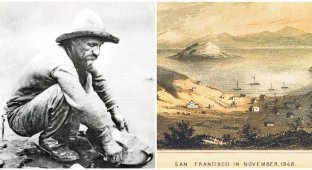A gold rush has begun in China (5 photos)
Do you know what the Chinese are doing these weekends and on their vacations? I wouldn't have guessed either, but they're panning for gold! Like in the Wild West – in the water, holding plates in their hands. And it's now a top tourist destination. 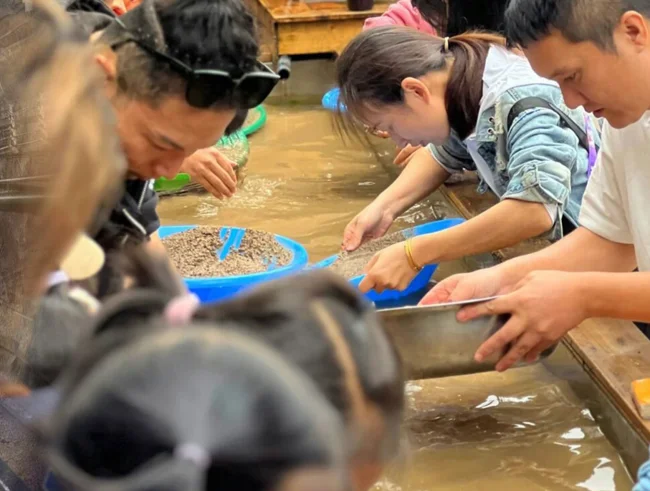
How crowded the Chinese mines are!
Gold prices have skyrocketed (which is why many people think Indian women, who love wearing gold, have become millionaires). On October 8, global prices exceeded $4,000 per ounce. A genuine gold rush has begun in China. Thousands of Chinese are visiting old mining towns, where they can still engage in simple gold panning. They collect sand and water from small streams in search of tiny flakes of gold, which they can take home for free. In some Chinese provinces, such as Shandong and Zhejiang, former mining towns still exist. To profit from tourists, they allow visitors to explore underground tunnels, learn mining methods, and fish for tiny grains of gold in streams and sand pits. 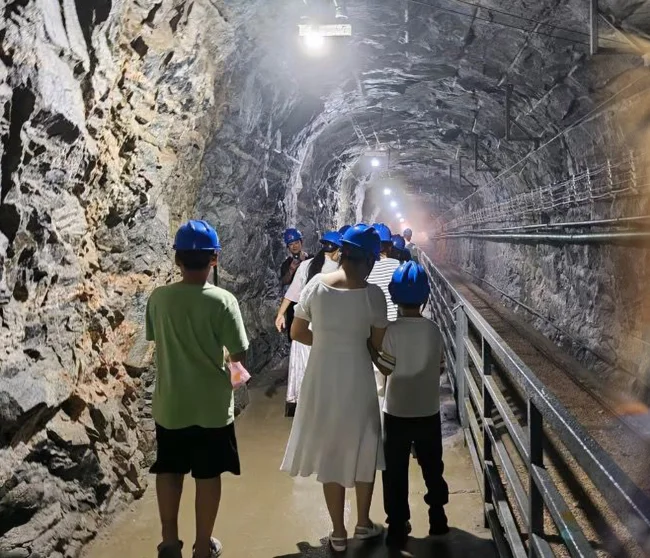
Moms and children on a mine tour
In just eight days, 15,000 people booked tickets to the mining theme park in Suichang County! That's the population of an entire city. And that's just one park and its statistics. Surprisingly, yes. Small flakes still remain in the sand. Some Chinese people have written on social media about finding small pieces. And although their value rarely justifies the ticket price, everyone still gets incredibly excited when someone nearby finds one. Prices: The grains of sand weigh between 0.03 and 0.05 grams, and their current value is approximately 35 to 60 yuan. Admission is 126 yuan, plus 30 yuan for gold panning. 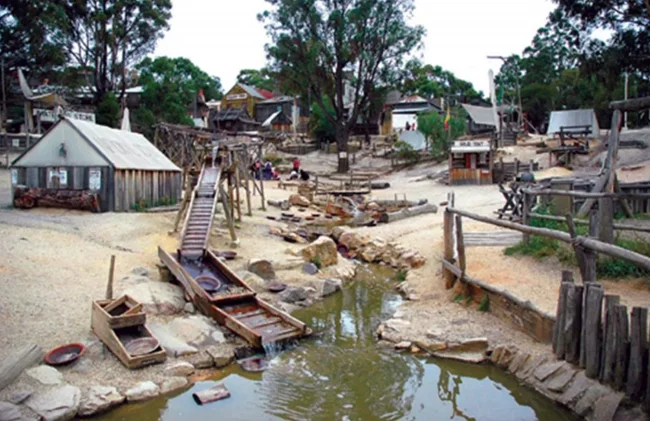
Household items from a century ago have been preserved.
The "panning pool" is artificial, and since the park opened in 2007, a total of one kilogram of gold dust has been added to it. According to the park itself. Did you think you could strike it rich there? If the mines were still profitable, they'd still be mines, not amusement parks. Besides washing up in the park, of course, there are tours of mining tunnels from the Tang and Ming dynasties, and a museum. But everyone wants to pan for gold! Tourists don't like just wandering around museums; it's pretty boring if it lasts more than an hour. And in China, they try to make sure people can actually make or touch what they're listening to lecture about. 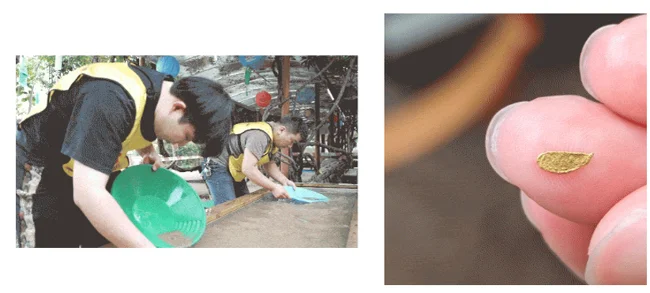
They threw in some torn foil, not grains of sand. But that's only in this park.
That's why parks try to equip them with something tangible – weaving looms, for example. And they throw gold into the pool so people can pan for sand and understand what it was like at the beginning of the golden age. The experience is far more vivid than any other. And I agree with them. China now has over 1,000 industrial tourism destinations. But often it's just a factory tour, with a souvenir shop at the end. That's why parks like these, where you can try your hand at making crafts, are worth their weight in gold, heh-heh. 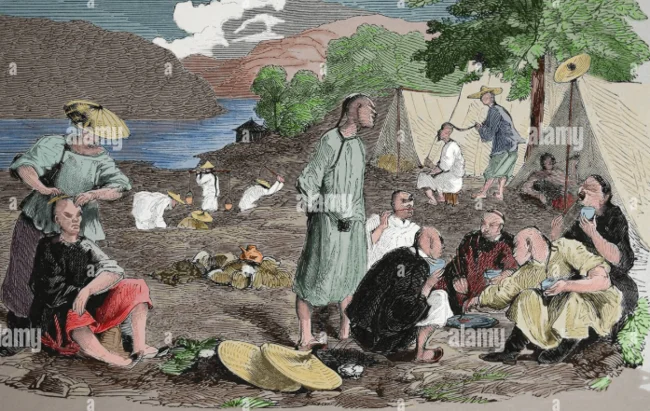
I found an old painting depicting everyday life during the gold rush in China.












